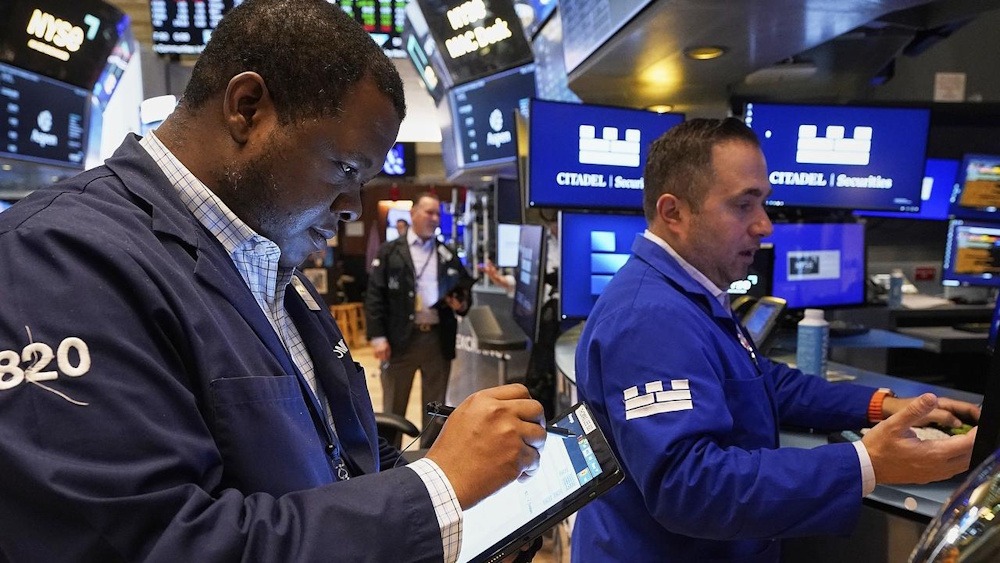
The tech-heavy Nasdaq Composite increased by 88.89 points, representing a 0.4% rise, concluding the session at 22,844.05. The S&P 500 increased by 4.15 points, representing a rise of 0.1%, concluding at 6,715.35. Three of the 11 broad sectors of the benchmark index finished the day with gains. The Materials Select Sector SPDR advanced 1.2%, the Technology Select Sector SPDR increased by 0.5%, and the Industrials Select Sector SPDR rose 0.3%, while the Energy Select Sector SPDR declined by 1%. The CBOE Volatility Index, often referred to as the fear gauge, experienced an increase of 2.1%, reaching a level of 16.63. On Thursday, the trading volume reached 18.77 billion shares, which is below the 20-session average of 18.83 billion shares. On the NYSE, advancers surpassed decliners with a ratio of 1.16-to-1, while on the Nasdaq, the ratio stood at 1.37-to-1.
Market demonstrated resilience on Thursday as investors persisted in dismissing worries related to the U.S. government shutdown, now in its second day following lawmakers’ inability to secure a funding agreement. In light of the ongoing political stalemate that has suspended numerous nonessential government operations, market sentiment has exhibited resilience, indicating that traders perceive the deadlock as a temporary disruption rather than a significant economic peril. The shutdown has compelled hundreds of thousands of federal employees into furlough or unpaid work, prompting inquiries regarding the potential repercussions on consumer spending and the broader economic momentum. Equity markets, nonetheless, seemed largely unaffected, as investors maintained their attention on corporate earnings, interest rate expectations, and broader economic indicators, rather than the political stalemate in Washington. Historically, markets have regarded government shutdowns as transient occurrences, exerting minimal long-term impact on stock performance. The primary concern, they contend, resides in a prolonged stalemate that may start to impact growth if delays in spending propagate throughout the economy. Nonetheless, confidence in the fundamental aspects of the market and the Federal Reserve’s policy perspective provided a buffer for investor sentiment.
Despite ongoing uncertainty in Washington, the relatively subdued response underscores Wall Street’s capacity to transcend immediate political upheaval. Currently, investors appear to be optimistic about the likelihood of a resolution being achieved, maintaining their focus on economic indicators and corporate fundamentals instead of the most recent happenings in Congress. Materials and technology stocks were the primary drivers of market gains during the session. On Thursday, the absence of economic data can be attributed to the ongoing U.S. government shutdown. Quantum Computing represents the forthcoming technological revolution, potentially surpassing the advancements of AI. While some held the view that the technology was years away, it is, in fact, already present and advancing rapidly. Major hyperscalers, including Microsoft, Google, Amazon, Oracle, as well as Meta and Tesla, are actively seeking to incorporate quantum computing into their frameworks.
Kevin Cook presents 7 meticulously chosen stocks positioned to lead the quantum computing sector in his report. Kevin was one of the initial analysts who identified NVIDIA’s significant potential in 2016. Currently, he has identified what may represent “the next big thing” in the realm of quantum computing supremacy. Today presents a unique opportunity to strategically position your portfolio at the leading edge of this development.
